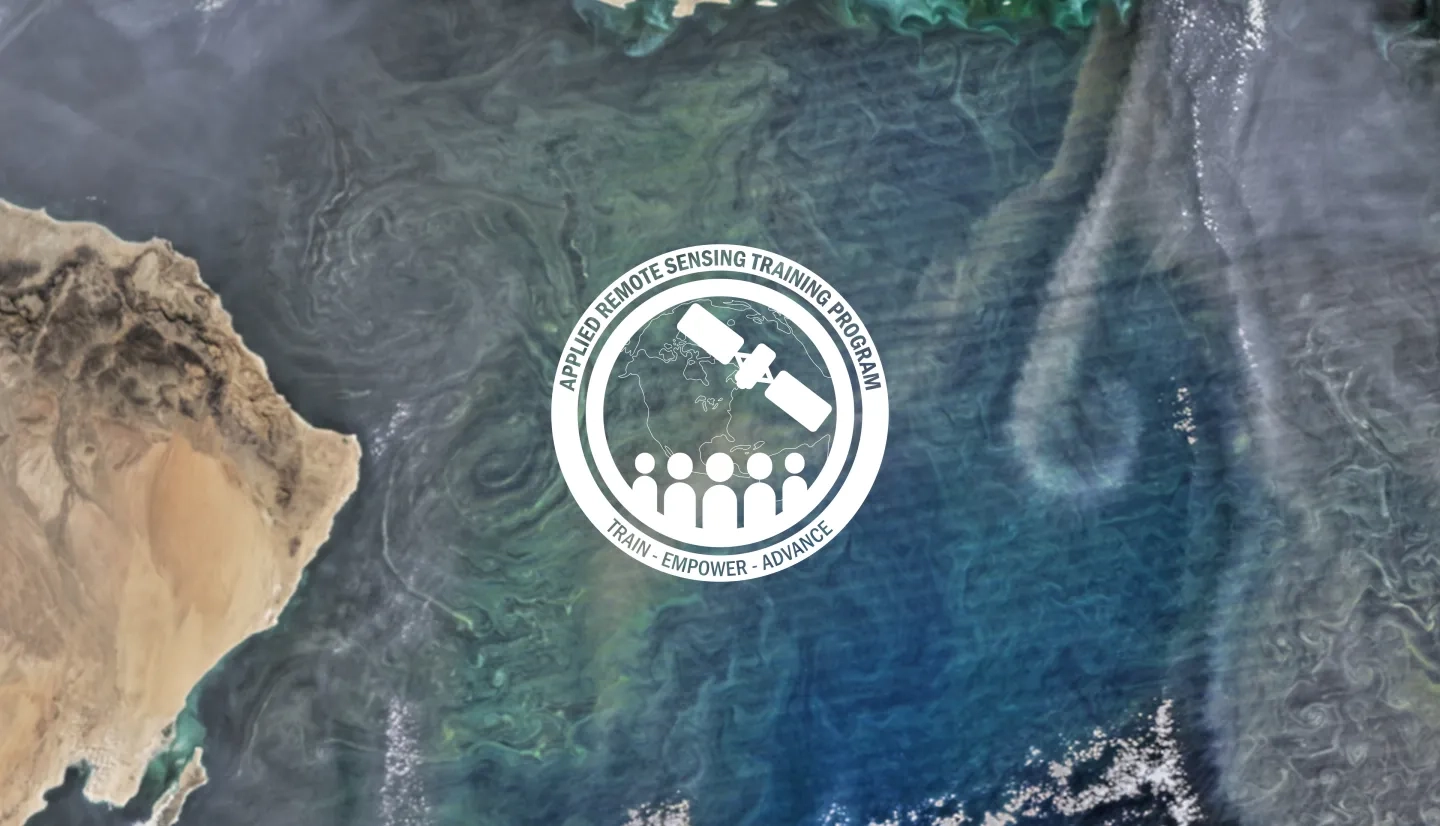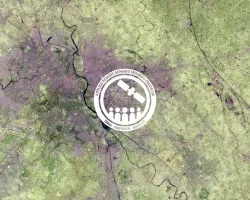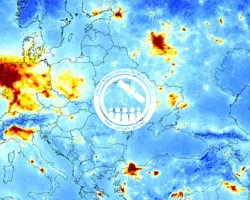Description
September 05, 2018 - September 19, 2018
Polluted water influences all aspects of life, including people, animals, and the environment. NASA satellite observations provide near real-time information about water quality, and this freely-available data can help decision-makers in their work. Satellite data can have applications for managing drinking water, public health, and fisheries.
This webinar series will help attendees perform advanced image processing of satellite data and learn about using satellites to track indicators of harmful algal blooms. This will include monitoring water temperature and chlorophyll-a concentrations. Attendees can also use this information for reporting around UN SDG 6.
By the end of this training, attendees will be able to:
- Access MODIS and Landsat data
- Perform image processing of MODIS and Landsat data
- Monitor water temperature and chlorophyll-a concentrations as harmful algal bloom indicators
This training will be focused at water resource managers, water intake managers, and fishery and aquaculture managers and farmers.
- Three 2-hour sessions
This session will provide an overview of tools to use for monitoring harmful algal blooms. This will include a demonstration of the OceanColor website for monitoring sea surface temperature and chlorophyll-a data.
Materials:
This session will focus on using SeaDAS for image processing, as well as accessing Landsat and Aqua imagery. Instructors will show how to access and use SeaDAS, USGS Earth Explorer (Landsat), and NASA Earthdata (MODIS).
Materials:
This session will focus on allowing attendees to do a hands-on exercise using relevant case studies. Instructors will be available to answer questions and provide demonstrations.
Materials:
- Presentation Slides
- Convert Landsat 8 (OLI) L-1 Data
- Calibration of Algorithm
- Landsat Data
- Q&A Transcript



